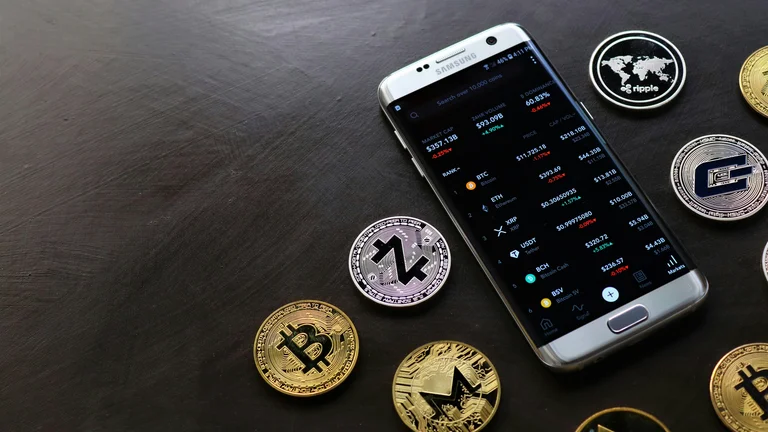Understanding Online Banking

Online banking allows users to conduct a range of financial transactions via the internet. This includes checking balances, transferring money, paying bills, and applying for loans. Most banks now offer secure online platforms accessible from various devices. Users need to register on their bank's website, creating a unique user ID and password. Accessing accounts is transparent, with multiple pathways for engagement.
Common Security Risks in Online Banking
While online banking is convenient, it does come with risks. Common threats include phishing scams, where fraudsters mimic genuine communications to steal user credentials. Malware can compromise personal computers or mobile devices, capturing sensitive data. Wi-Fi networks in public spaces pose another risk as hackers can intercept information. It's crucial to remain vigilant against these threats and adopt safe online practices.
Best Practices for Securing Your Online Banking
To preserve security, users should implement varied strategies. Begin by using strong passwords that include uppercase and lowercase letters, numbers, and symbols. Changing passwords regularly can enhance safety. Enable two-factor authentication as an added security layer. Also, avoid using public Wi-Fi for banking tasks. Monitor transactions for any unauthorized charges to catch issues early. Regularly updating software helps combat malware and aids system security.
The Role of Banks in Enhancing Security
Banks invest significantly in security measures to protect clients. They utilize encryption technology to safeguard customer data during online transactions. Continuous monitoring systems detect suspicious activities and alert clients and bank officials. Banks also provide resources for educating users about safe banking practices. Their commitment to security helps maintain user trust and iintegrity in online banking.
Future Trends in Online Banking Security
As technology evolves, so do security measures. Artificial intelligence is becoming more common within banking systems for fraud detection. Biometric verification, such as fingerprint and facial recognition, is on the rise, making access more secure. Blockchain technology also promises greater transaction transparency and security. As online banking continues to grow, so will the innovations aimed at preventing fraud and improving user experience.
| Aspect | Description |
|---|---|
| Online Banking | Internet-based financial transactions and account management. |
| Common Risks | Phishing scams, malware, public Wi-Fi threats. |
| Security Practices | Strong passwords, two-factor authentication, monitoring transactions. |
| Role of Banks | Investing in encryption and monitoring for suspicious activities. |
| Future Trends | AI for fraud detection, biometric access, blockchain technology. |
FAQ - Online Banking and Security
What is online banking?
Online banking enables users to perform financial transactions through the internet, including paying bills, transferring funds, and checking account balances.
How can I secure my online banking account?
To secure your account, use strong passwords, enable two-factor authentication, avoid public Wi-Fi, and monitor your account regularly for unauthorized activity.
What are the risks of online banking?
Common risks include phishing scams, malware, and unsecured public Wi-Fi networks that can lead to data interception.
How do banks protect my information?
Banks employ encryption, monitor transactions for suspicious activity, and provide educational resources to help protect customers.
What future trends are shaping online banking security?
Future trends include the use of artificial intelligence for fraud detection, biometric verification for user access, and blockchain technology for enhanced transaction security.
Online banking offers convenient financial management but carries security risks such as fraud and malware. To enhance safety, users should implement strong passwords, enable two-factor authentication, and utilize secure networks. Banks play a vital role by offering advanced security measures and education on safe banking practices.
Conclusão sobre Online Banking and Security.